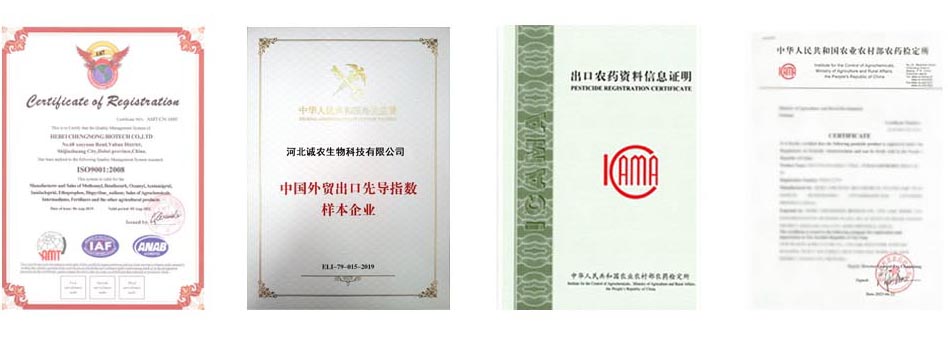
Nov . 25, 2024 01:49 Back to list
Exploring the Benefits and Applications of Pymetrozine in Pest Management Strategies
Understanding Pymetrozine A Comprehensive Overview
Pymetrozine is a relatively novel insecticide that has gained attention in the agricultural sector due to its unique mode of action and effectiveness against a variety of pest species. As a member of the chemical class known as pyridine, pymetrozine presents both advantages and challenges in pest management. In this article, we will explore its mode of action, applications, benefits, and potential environmental impact.
Mode of Action
Pymetrozine functions primarily as a feeding inhibitor, which means it disrupts the ability of insects to feed on treated plants. This unique mode of action targets the insect’s central nervous system, particularly affecting its ability to process signals related to feeding. As a result, pests that come into contact with pymetrozine will experience reduced feeding behavior, leading to starvation and eventual death.
This physiological targeting of pests is significant as it can help in managing resistance. By impairing the feeding behavior of insects rather than killing them upon contact, pymetrozine can contribute to more effective pest control strategies, especially when used in rotation with other insecticides to minimize the development of resistance.
Applications
Pymetrozine is primarily utilized in the cultivation of various crops, including vegetable and fruit crops, as well as ornamentals. It is particularly effective against a variety of sucking pests, such as aphids, whiteflies, and leafhoppers, which can cause extensive damage to plants by feeding on their sap. Its selective toxicity allows beneficial insects to thrive, making it a favored choice for integrated pest management (IPM) programs.
In practice, pymetrozine can be applied via foliar sprays or through soil treatments, depending on the crop type and pest pressure. The versatility in application methods allows farmers to tailor their pest management strategies effectively according to specific field conditions and pest life cycles.
pymetrozine product

Benefits
One of the primary benefits of pymetrozine is its minimal impact on non-target organisms. Unlike broad-spectrum insecticides that may harm helpful insects and disrupt ecosystems, pymetrozine’s selective action ensures that beneficial organisms, including pollinators and predatory insects, remain largely unaffected. This aspect is crucial for maintaining biodiversity and supporting ecological balance in agricultural practices.
Moreover, pymetrozine exhibits excellent residual activity, which means that once it is applied to crops, it continues to provide protection against pests for an extended period. This long-lasting effect can reduce the frequency of applications needed, leading to lower overall costs for farmers and reducing the potential for run-off and environmental contamination.
Environmental Considerations
Despite its advantages, the use of pymetrozine must be approached with caution. As with all chemical pesticides, there are concerns regarding the potential for environmental impact. While pymetrozine is considered safer for non-target organisms compared to many conventional insecticides, its application must still be managed carefully to prevent contamination of soil and water resources.
Farmers are encouraged to follow best management practices, including adhering to recommended application rates and timing, to minimize adverse environmental effects. Additionally, incorporating pymetrozine into a broader integrated pest management approach can help mitigate risks associated with chemical use while promoting sustainable agricultural practices.
Conclusion
Pymetrozine represents a significant advancement in pest control technology, offering effective solutions for managing various insect pest populations. Its unique mode of action, coupled with its selective toxicity towards beneficial organisms, makes it a valuable tool in integrated pest management programs. However, as with any agricultural input, careful consideration of its environmental impacts is essential. By combining pymetrozine with sustainable practices and ongoing research, farmers can optimize pest control while safeguarding the environment for future generations.
-
Azoxystrobin: Broad-Spectrum Fungicide Solutions
NewsAug.11,2025
-
Best EPA Boscalid: Superior Crop Fungicide for Max Yields
NewsAug.11,2025
-
Best Willowood Imidacloprid: Superior Pest Control Solutions
NewsAug.10,2025
-
Best EPA Boscalid Fungicide: Ultimate Crop Protection
NewsAug.09,2025
-
Cyprodinil Fungicide: Broad-Spectrum Crop Protection
NewsAug.08,2025
-
Tembotrione Herbicide: Advanced 8% OD for Broad Spectrum
NewsAug.07,2025
